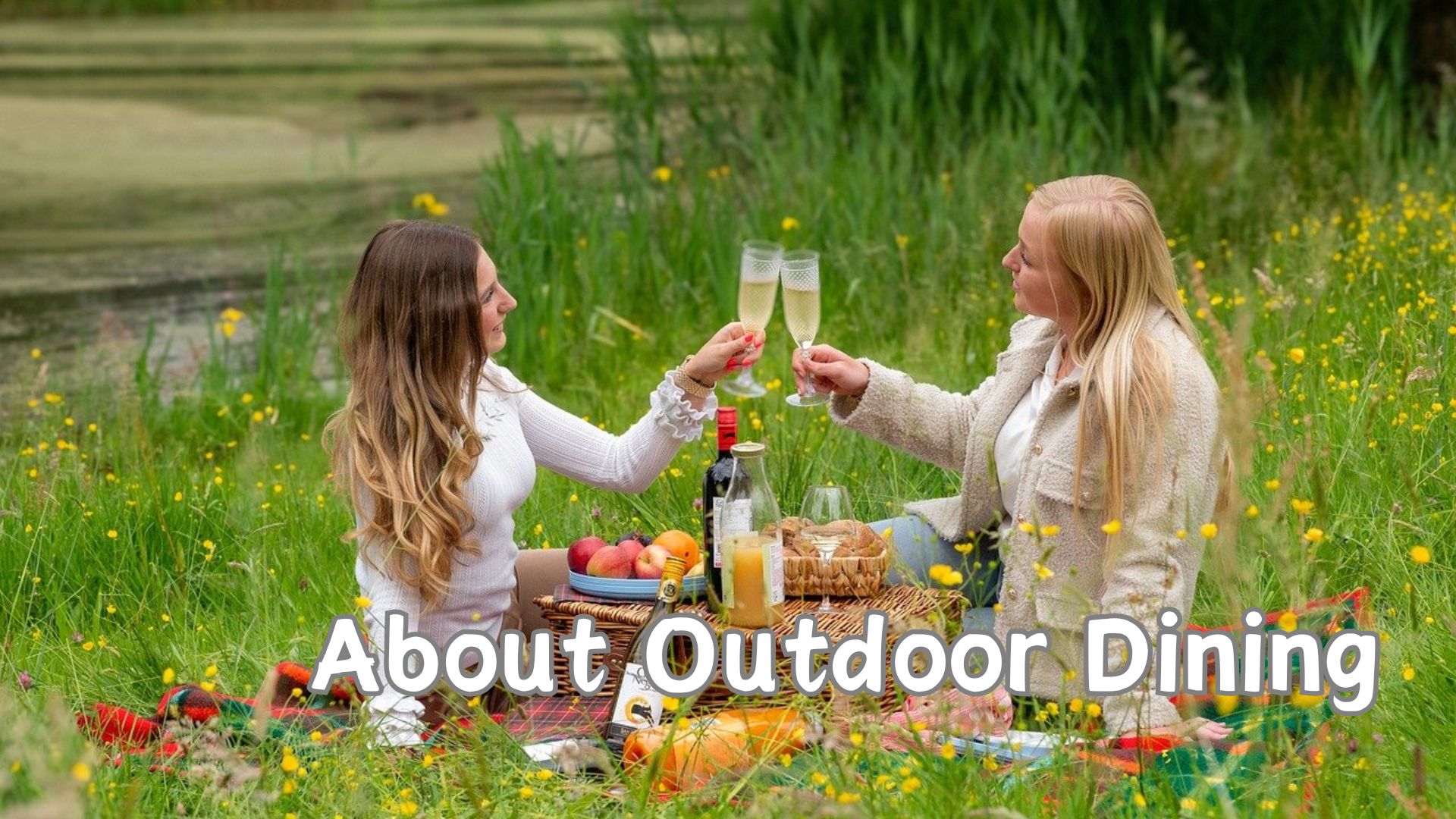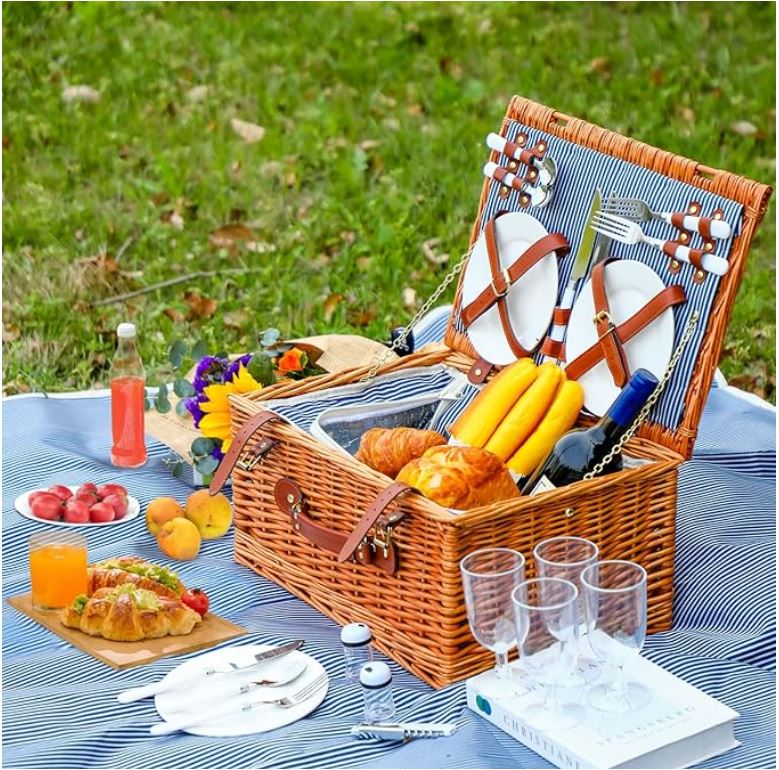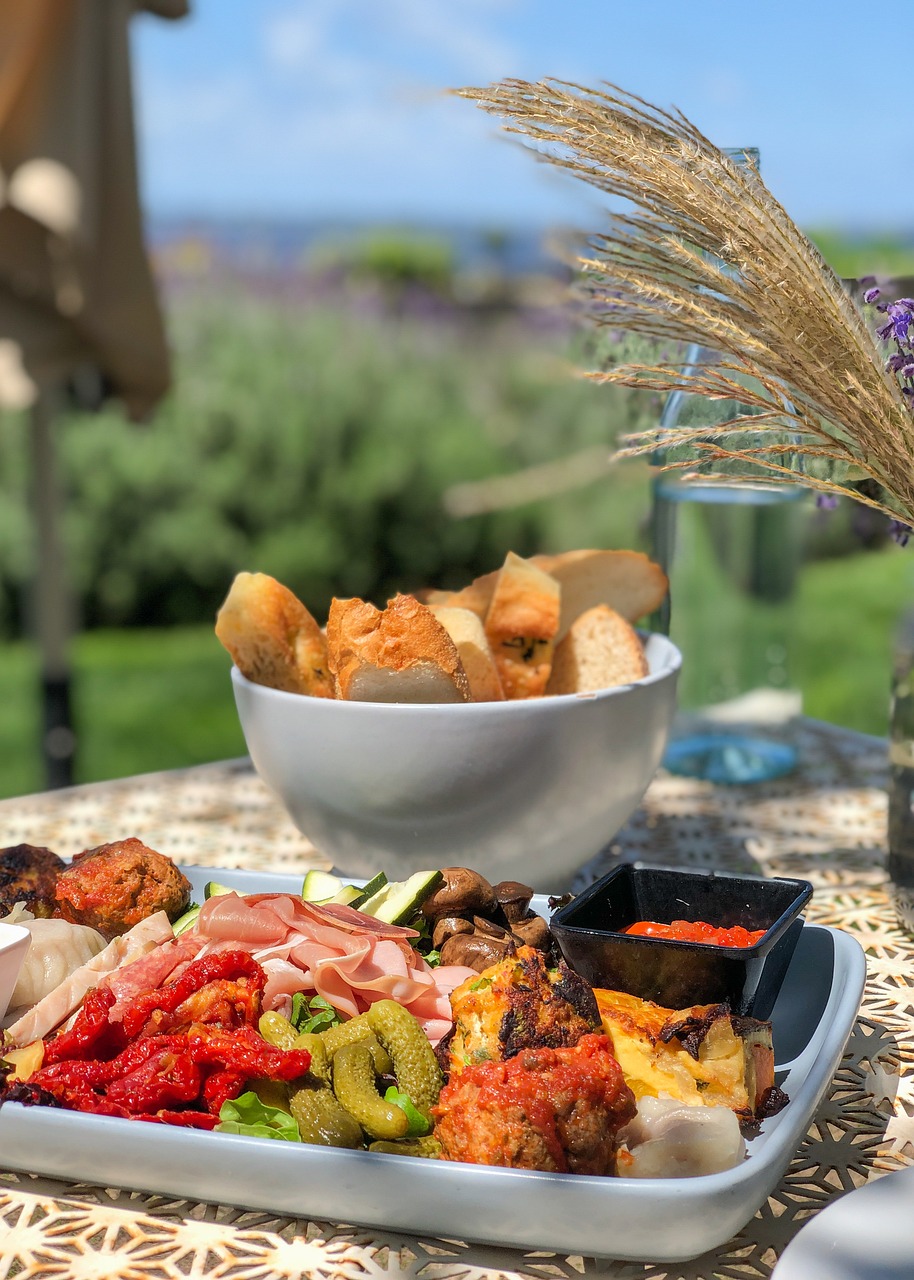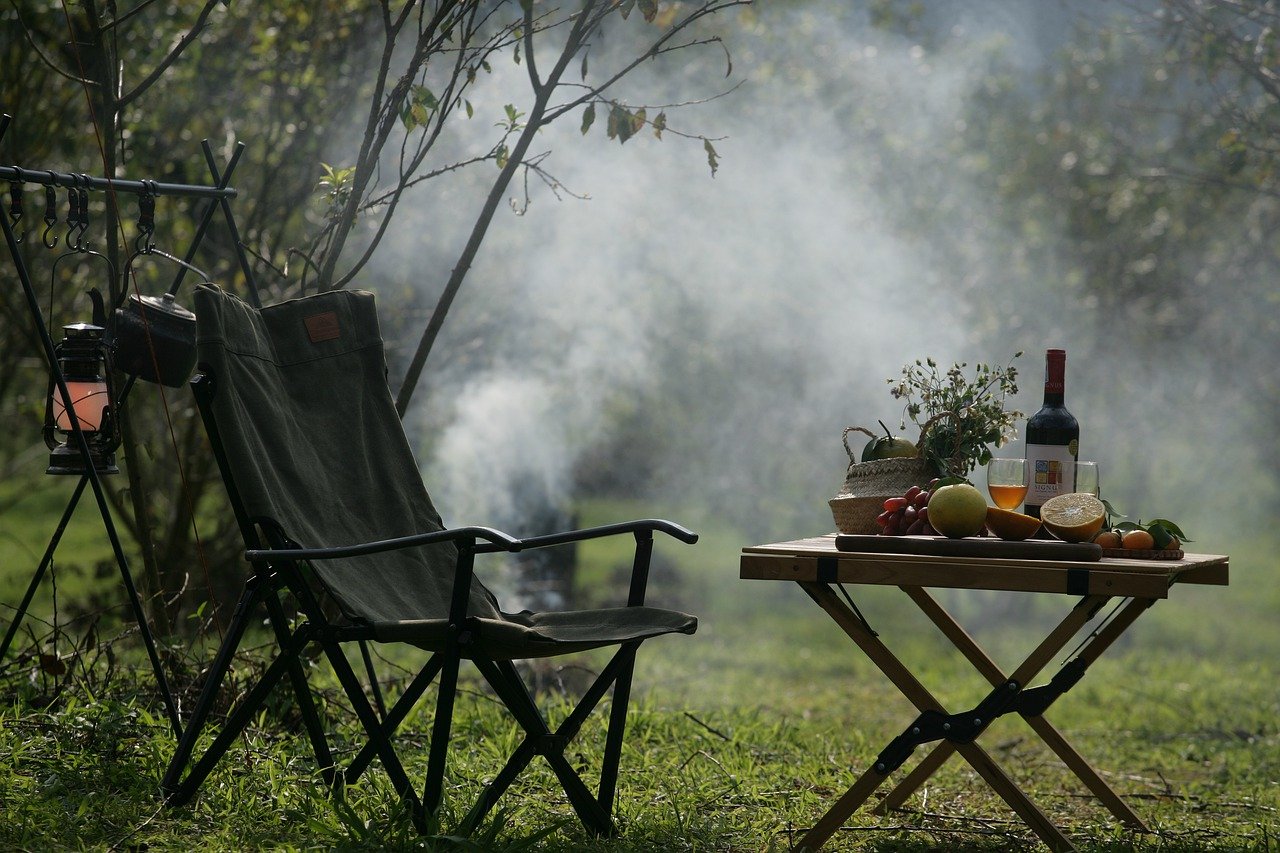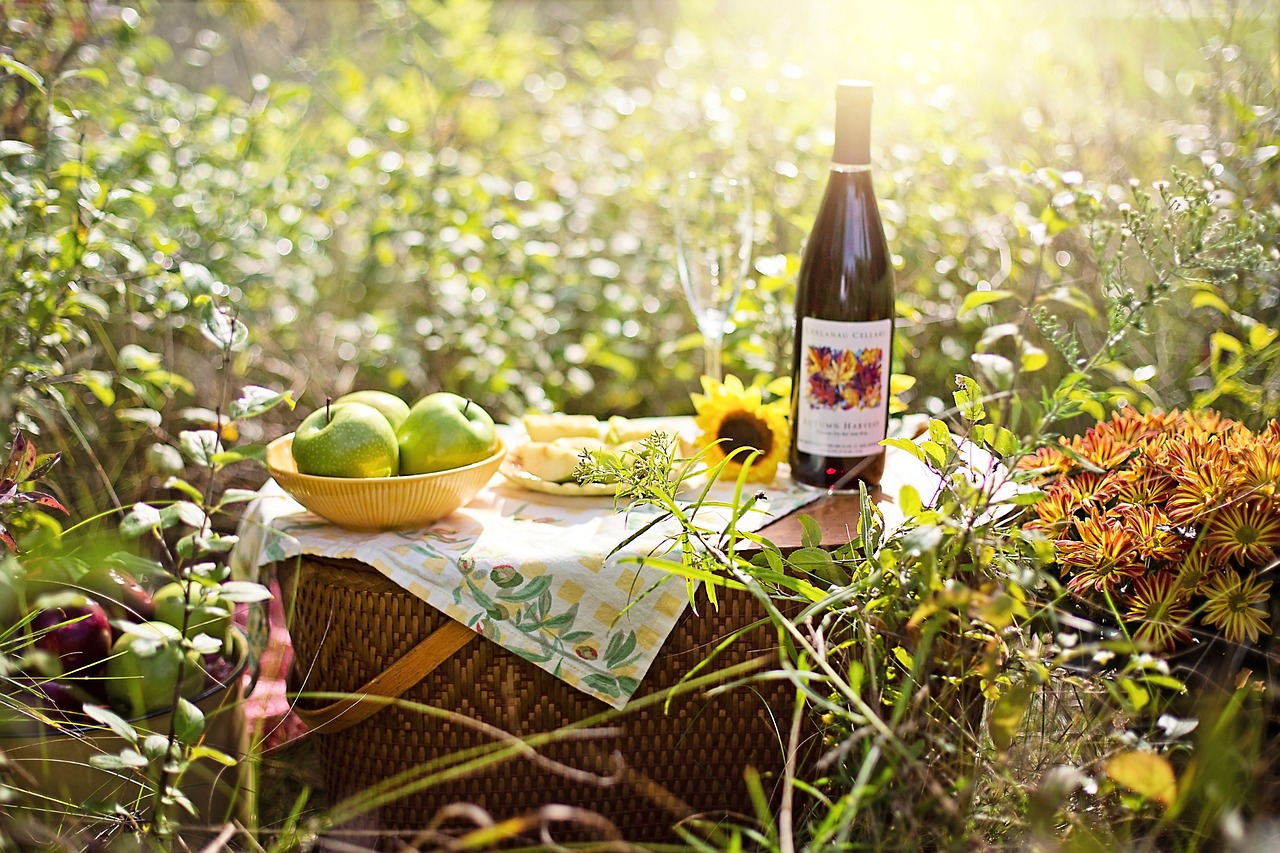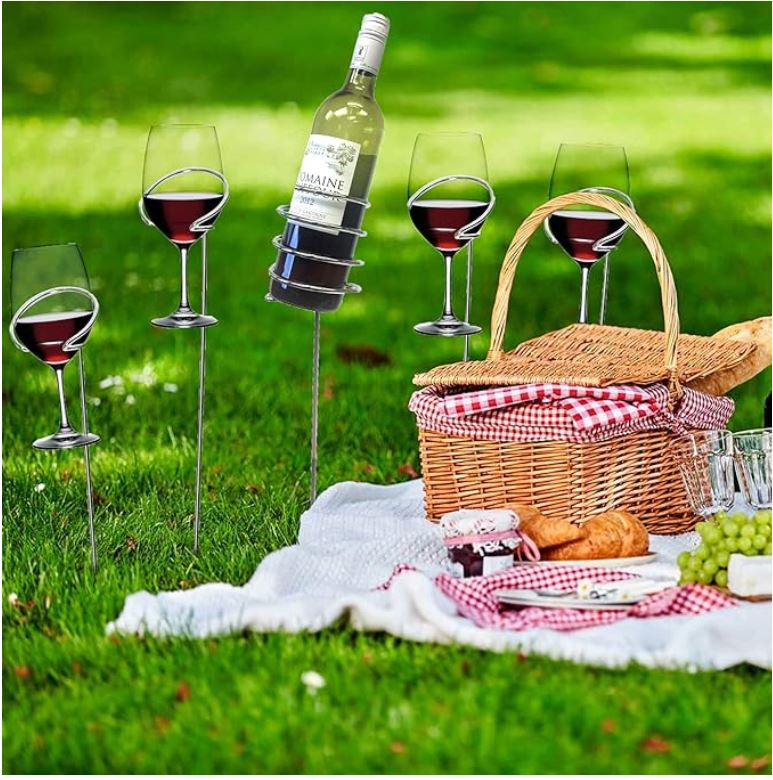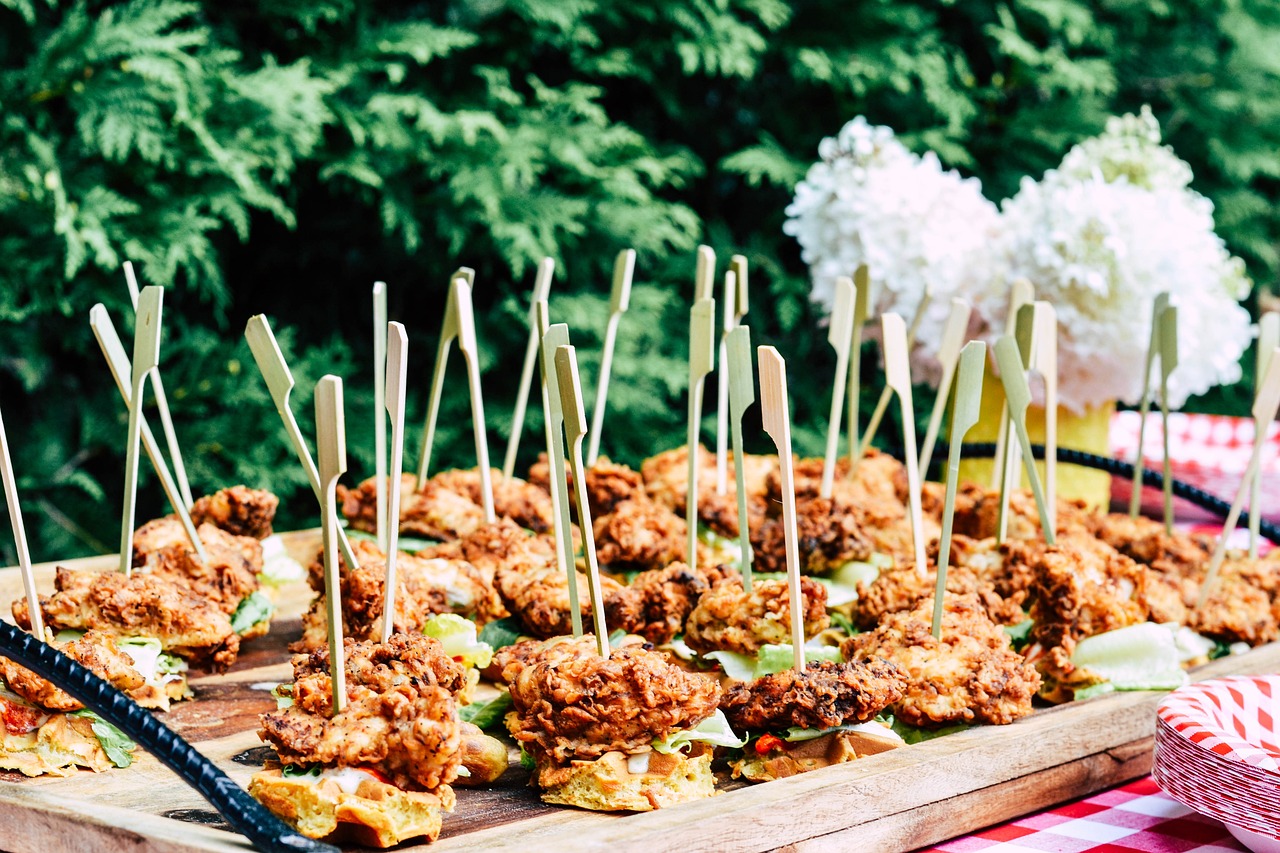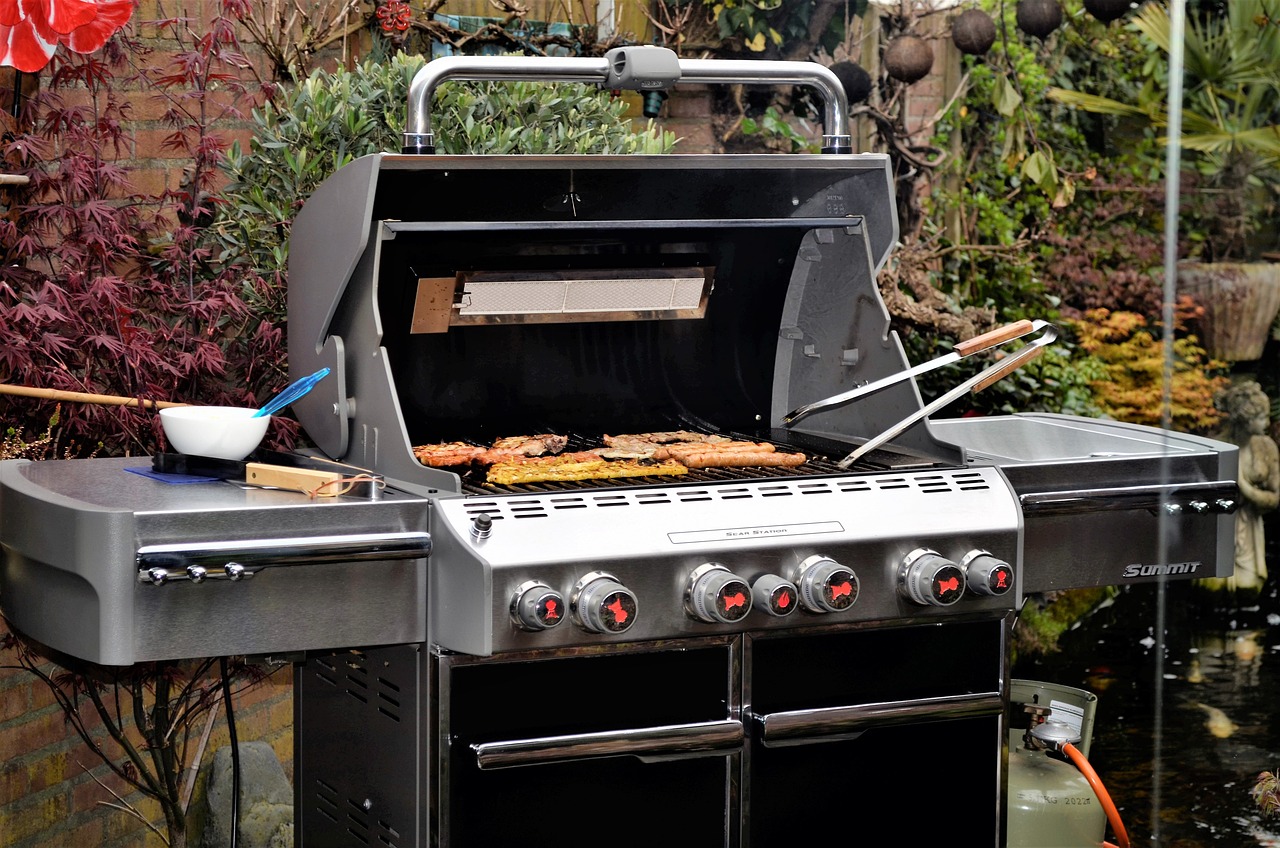10 Neat Things About Outdoor Dining
Do you have a table for eating outside? Do you like to go on picnics? The long-time tradition of eating outdoors has so many benefits, including changing how things taste and relaxing you and your company. There are a couple of weird stories of eating outside too – have you ever heard of the Pic Nic Society?
Discover 10 neat things about outdoor dining here.
1. Wildlife interactions.
Dining outdoors often invites interest from local wildlife, from birds to squirrels, adding an element of unpredictability and entertainment to the meal. That’s a positive way to put it…. On the negative side, there are wasps. But let’s focus on the benefits of dining al fresco. Are you ready for a picnic or an outdoor party?
2. Creativity boost.
Being in nature and dining outside can stimulate creativity, making your mealtime discussions more lively and imaginative. It engages the senses more fully, as the varied sights, sounds, and smells of nature stimulate the brain, enhancing creative thought. This sensory-rich environment, coupled with the natural relaxation that green spaces promote, helps reduce stress and mental constraints, further boosting creativity. The result is a more open and imaginative mindset, ideal for lively and creative mealtime discussions. Get a canopy tent for your outdoor party!
3. Temperature.
The ambient temperature can affect how your taste buds function. Cold weather can slightly numb your taste buds, making flavors seem less intense, whereas warmer temperatures might enhance your ability to taste. This is why certain foods, like ice cream, may taste perfectly sweet in summer but overly sweet in winter. Get a picnic basket.
4. Humidity.
High humidity levels can enhance your sense of smell, which is closely linked to your sense of taste. Moist air carries odour molecules more effectively, potentially making food taste more aromatic and flavorful. Conversely, low humidity might dry out your nose and reduce your sense of smell, making food taste blander.
5. A jolly time.
Eating outdoors boosts mood by increasing sunlight exposure, which enhances vitamin D production and reduces symptoms of depression. Natural settings encourage physical activity and provide sensory stimulation, both of which release “feel-good” hormones and reduce stress. Additionally, the innate human connection to nature, or “biophilia,” promotes relaxation and cognitive restoration, further elevating one’s sense of well-being.
6. Pic Nic Society.
The Pic Nic Society was an exclusive social group that emerged in the early 1800s, comprising upper-class individuals and aristocrats. It popularized the concept of picnicking as a fashionable social event, where members contributed different parts of the meal or entertainment to shared gatherings. Events were often held in picturesque outdoor settings and were characterized by a mix of formal dining etiquette and leisurely activities, such as music and games. Beautiful picnic cloth.
7. Cultural traditions.
In many cultures, outdoor meals are a longstanding tradition during certain festivals or seasons, like summer barbecues in the U.S. or moon-viewing (Tsukimi) parties in Japan. Mediterranean al fresco dining is a quintessential aspect of the lifestyle in countries like Italy, Spain, Greece, and France. This tradition of eating outdoors is deeply rooted in the region’s cultural fabric, influenced by the favorable climate, scenic landscapes, and social customs.
8. The Pan-European Picnic.
This was a mass meal held on August 19, 1989, near Sopron, Hungary, and it was a pivotal event in the fall of the Iron Curtain. During the event, the border between Hungary and Austria was temporarily opened. Hundreds of East Germans to escaped to the West, symbolizing a weakening of Communist control. The picnic contributed to the political momentum that led to the fall of the Berlin Wall and the eventual reunification of Germany. Pick interesting wine holders for picnic.
9. Ancient civilizations.
The concept of eating meals outside can be traced back to ancient civilizations. In ancient Rome, dining outdoors was common among the wealthy, particularly in garden settings. They built elaborate villas with courtyards and gardens designed specifically for outdoor dining and socializing. Peasants ate outdoors, too, because their dwellings were cramped and unpleasant. Get 200 bamboo knot skewers with only $11.99!
10. Economic impact.
During the COVID-19 pandemic, outdoor dining became crucial for restaurants, facilitating safer dining experiences through natural ventilation and reduced indoor contact. Cities relaxed zoning laws, allowing eateries to expand into public spaces with innovative setups like weatherproof tents and dining pods. This shift helped sustain the restaurant industry during severe economic strife.

